Cloud services host data, applications, and infrastructure online. They let businesses and individuals access computing power from anywhere. Yet putting important systems in the cloud brings new dangers. Malicious hackers and simple mistakes can cause data theft, outages, and other harms. Knowing the key cloud security risks and how to reduce them helps keep systems safe.
Shared Responsibility Between Provider and User
The security of cloud depends on the service provider and the user. The low level resources and network hardware of the physical data centers are controlled by the providers. Customers are required to set up the services to protect their own information and regulate user access. This division of labor is a source of loopholes when one of the parties fails to exercise diligence. It is crucial to have clear roles and checks that have to be performed routinely so that nothing is missed out.
Risk of Misconfiguration
Misconfiguration is one of the most common risks. Cloud platforms may be complicated, having numerous settings. Such oversights as leaving storage buckets open or applying default permissions may make sensitive data publicly available. Such errors are regularly scanned by attackers. To reduce such a risk, one should examine cloud settings on a regular basis. Apply automatic tools that identify open permissions and correct them prior to the occurrence of a problem.

Threats from Account Hijacking
Phishing attacks with weak credentials and the absence of multifactor protection may permit bad actors to gain control of cloud accounts. A compromised account may result in the deletion of data, theft of data, or interruption of services. Multifactor authentication, strong password policies, and periodical auditing of account activity can enable the prevention of hijacking. It is also important that users undertake training of staff to identify phishing emails and suspicious login prompts.
Insecure Interfaces and APIs
Cloud services may publish application programming interfaces or APIs to automate and integrate. When such interfaces are not secure, they may act as entry points to attackers. This risk can be mitigated by using strong authentication to make API calls that encrypt data sent over the wire and by restricting API access to only the necessary users. The frequent testing of APIs against vulnerabilities aids in the identification and correction of defects within a short time.
Data Loss and Recovery Planning
Relying on the cloud does not replace the need for backups. Hardware failures, provider outages, and cyberattacks can all cause data loss. A solid disaster recovery plan ensures business continuity. Users should schedule regular backups to separate storage locations. They must also test data restores to confirm that backups work when needed. This planning keeps operations running even during major incidents.
Compliance and Legal Risks
Most industries are stringent on the storage of personal or financial information. In case of not following these rules, it might lead to fines and legal problems. Companies have to understand what regulations are in force and select cloud providers that correspond to those requirements. Automating compliance checks and maintaining detailed audit logs of data access and changes help demonstrate that rules are being followed.
Insider Threats and Human Error
Not all risks come from outside. Disgruntled employees or simple mistakes can lead to data exposure. Limiting access to only those who need it and enforcing strong user policies reduces insider risks. Conducting regular training on safe cloud use and incident reporting helps staff avoid errors and respond quickly if something goes wrong.
Protecting Hybrid and Multi-Cloud Environments
Many organizations use a mix of public, private, and hybrid cloud setups. Each environment may have different tools and security models. Ensuring consistent security policies and centralized monitoring across all clouds prevents gaps. Using a unified security platform that spans each environment helps detect threats in real time, no matter where they occur.
Encryption and Zero Trust Models
Encrypting data at rest and in transit is a key cloud security practice. Encryption scrambles data so attackers cannot read it without the right keys. Store keys separately from the data and rotate them regularly. Implementing a zero-trust model treats every user device and network segment as untrusted. Users must authenticate and authorize every time they access cloud resources. This approach reduces the chance that a breached account compromises the whole system.

Building a Strong Cloud Security Culture
Suffice it to say that technical tools are not sufficient. The organization-wide culture of security awareness is essential. Leaders ought to encourage incident reporting policies and continued learning. Drill and tabletop exercises should be carried out regularly to condition teams in actual incidents. Security security-aware workforce will move with speed to prevent threats and defend critical cloud resources. The cloud offers great benefits for scale and flexibility. Yet it also introduces new risks that evolve over time. By understanding the shared responsibility model, securing configurations, guarding interfaces, and planning for data recovery, you can harness the cloud safely. Strong policies, encryption, and training create a resilient environment that adapts to future threats. With careful attention, cloud security grows from a technical project into a core business value that keeps data and services safe for everyone.





